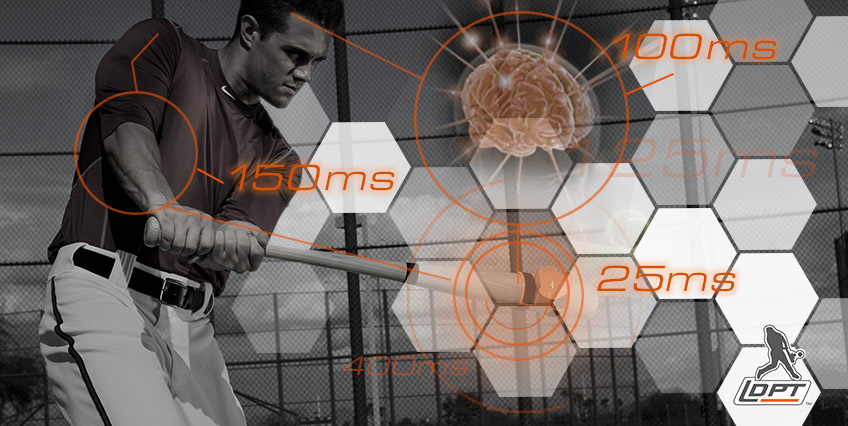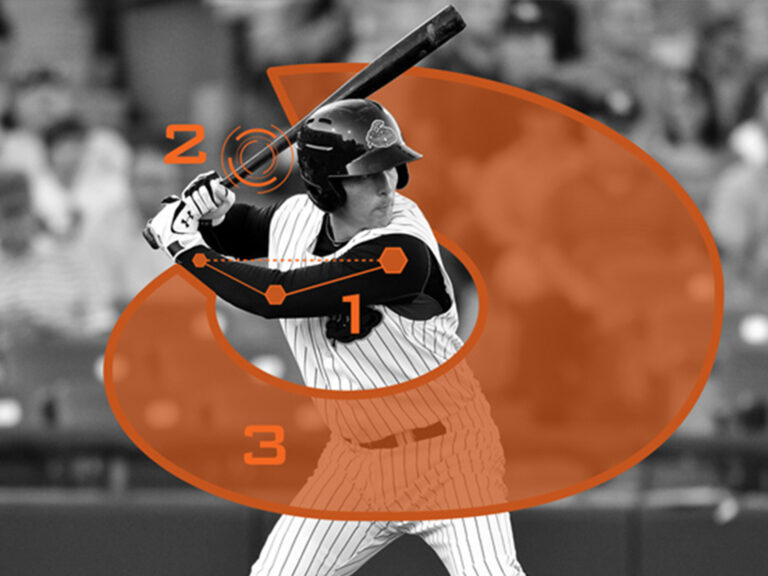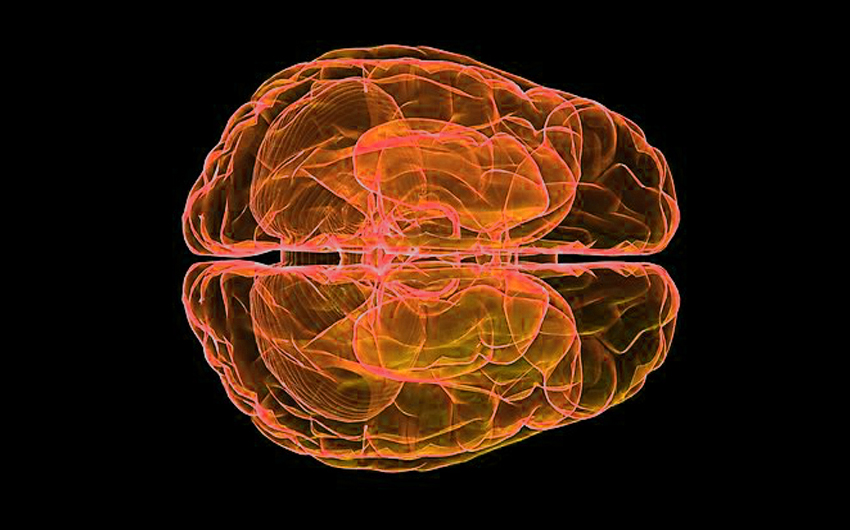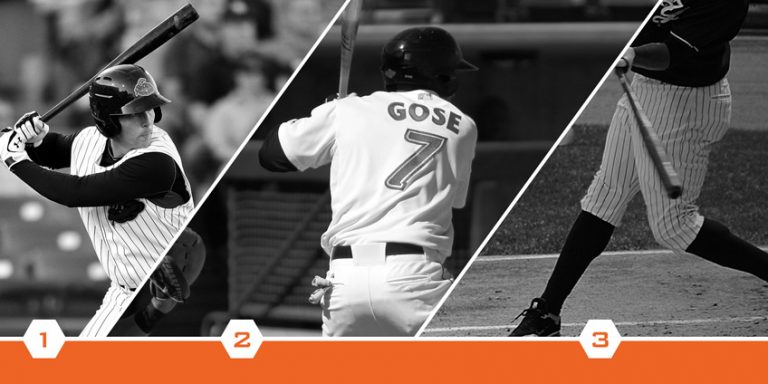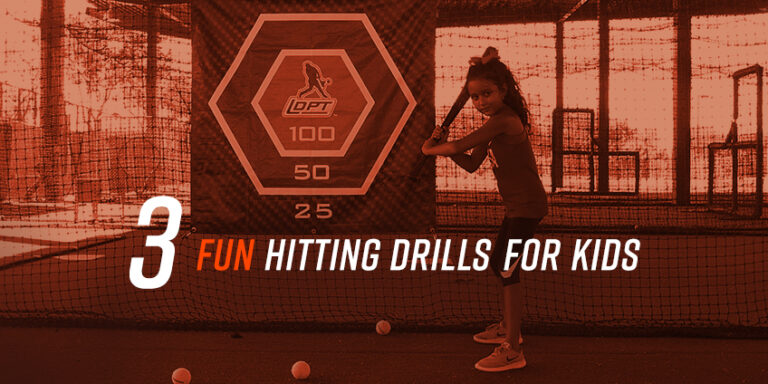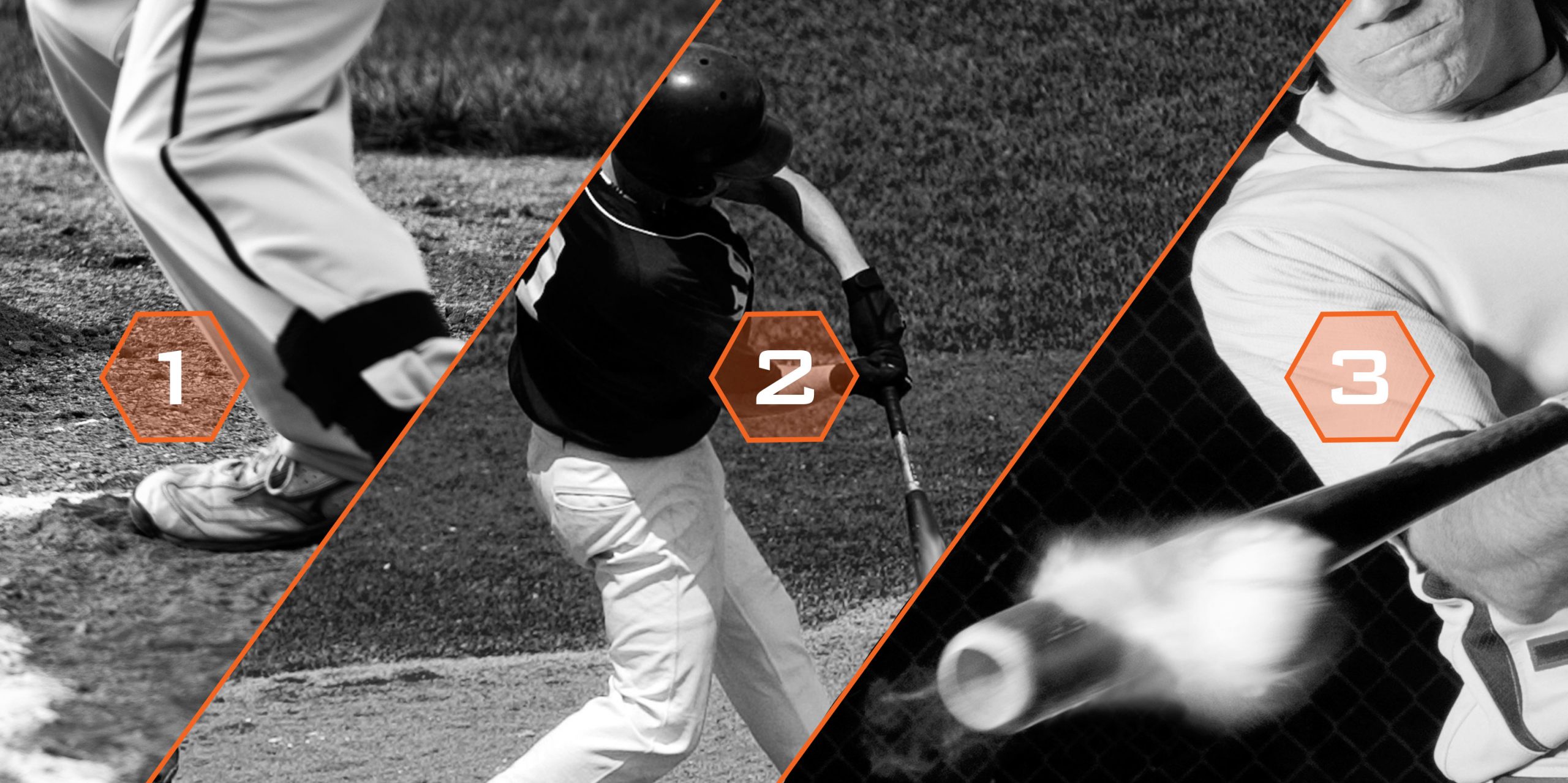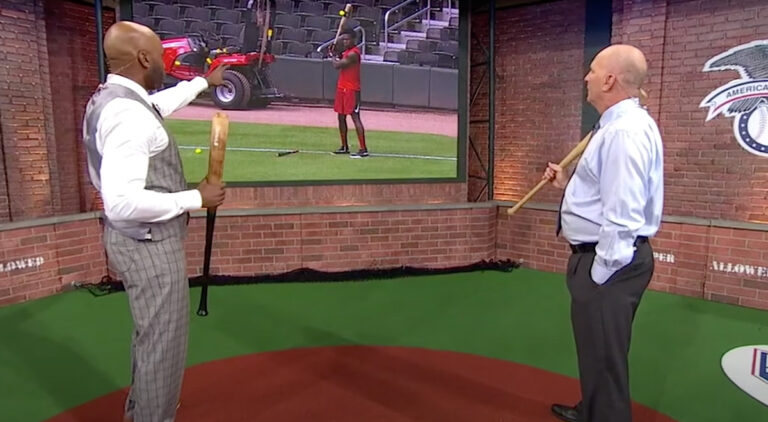The Importance Of Muscle Memory In Baseball Swing Mechanics
PART I – The Science Behind Biomechanics & Muscle Memory
For athletes, muscle memory is extremely important. And for hitters, the best way to improve baseball swing mechanics is through muscle memory training. The key is repetition. Consistent physical repetition helps develop a feel for the proper swing path and trains the brain on the impulses necessary to perform the desired action without conscious effort.
To better understand how muscle memory works, development can be broken down into three stages:
1. The Cognitive Phase
Learning begins by developing an overall understanding of hitting mechanics – how to hold the bat, getting into a hitting stance, basic swing instruction, etc. In this phase, it is extremely important for a hitter to feel as well as see what they are doing right and what they are doing wrong. Visual feedback and feeling how different body parts or muscles groups are working is beneficial for adjusting the swing.
2. The Associative Phase
The athlete understands the fundamentals of hitting and is in the process of refining swing mechanics through practice. With consistent repetition, the athlete’s biomechanics or movements are guided by sensations derived from receptors located in muscles, tendons, and joints. For tips on basic hitting fundamentals, check out our Baseball Swing Mechanics Hitting Guide.
3. The Autonomous Phase
The skill of hitting becomes mostly automatic and proper baseball swing mechanics are executed without thought. The brain stores and recalls all of this information to send to a hitter’s muscles when it is time to perform at the plate.
The more consistently you repeat any motion the more reliable your muscle memory becomes and over time proper swing mechanics become part of an innate reflexive action. Now keep in mind that practice makes permanent, but not always perfect. If you repetitively practice a bad swing, you end up being really good at repeating mistakes and reinforcing bad habits. Whether trying to improve the consistency of your swing or correct common swing flaws, using hitting trainers to guide you through a correct, repeatable motion can help make the desired movement and mechanics familiar to your body. Once the muscles memorize how the proper swing feels during practice, the hitter will be able to work the barrel correctly through the zone without conscious awareness during the game, leaving nothing but the pitch to focus on at the plate.
PART II – The Science Behind Processing A Pitch
Considering a batter has only milliseconds to react to a pitch it’s imperative that all attention while in the box is given to quick decision-making.
From release of the pitch, a 95 MPH fastball takes about 400 ms to reach the plate and on average it takes an MLB player 150 ms to get their bat around. In addition, it takes approximately 100 ms for the brain to process an image, in this case, the baseball, and 25 ms for the brain to send a signal to the body to swing. So, that leaves 125 ms to decide whether to swing or not and how.
The batter must predict the ball’s path subject to a variety of pitch types. Since pitch recognition has to occur in a fourth of the amount of time it takes to blink, it is mostly a learned reaction. An experienced hitter’s brain is capable of anticipating information it has not yet received – identifying the possible trajectory of the ball before it even leaves the pitcher’s hand.
Once a decision is made, a signal in the eye sends a message to a part of the brain that controls the muscles. The brain must then send a signal to the muscles, telling them to swing. The batter has a 7 ms margin of error to connect with the ball. Swinging too early or too late will generally produce a swing and miss or weak contact. However, optimal timing and proper bat path through the strike zone allow for various points of contact, which helps the hitter impact the ball more consistently. Developing the muscle memory needed for keeping the barrel in the hitting zone for as long as possible increases a hitter’s chance of success each at-bat and is one of the most important aspects of baseball hitting mechanics.

